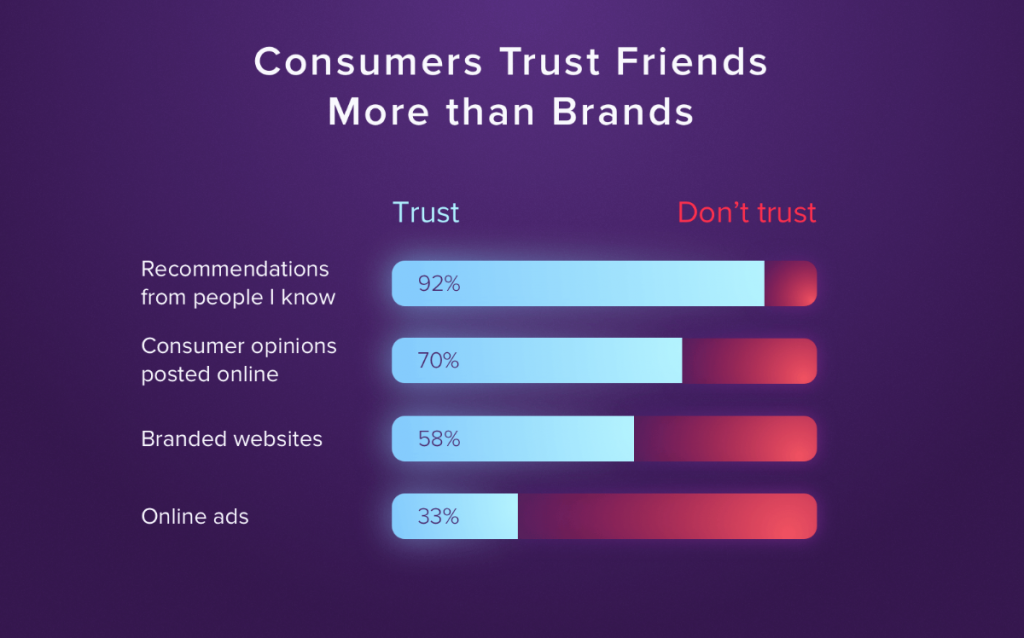
The reason? We trust our friends and when they make recommendations, that trust is extended to the brand.
Our friends wouldn’t tell us to go to a restaurant if they hated it, right?
This form of peer-to-peer recommendation – whether it’s real-life friends or social media acquaintances – is known as social proof, and it’s becoming more and more important in the online world.
Why?
Because not only is there increased competition in the world but with so many ways to communicate we are inundated with constant messages about new brands and products/services to try.
However, if you can manage to secure that element of trust early via a recommendation, you automatically inch ahead of your competition.https://www.youtube.com/embed/grxQa2o-jCg?feature=oembed
What is Social Proof?
Social proof takes a page out of the normative social influence book. This is the idea that people conform in order to be accepted by society (or by someone they want to impress).
Robert Cialdini, author of the bestselling book Influence, describes it as “the tendency to see an action as more appropriate when others are doing it.” This is particularly true when we apply it to the online marketing world.
But it’s not a new phenomenon.
Old advertisements were riddled with testimonials, but the explosion of social media channels means that it’s easier than ever to access customer reviews and experiences.
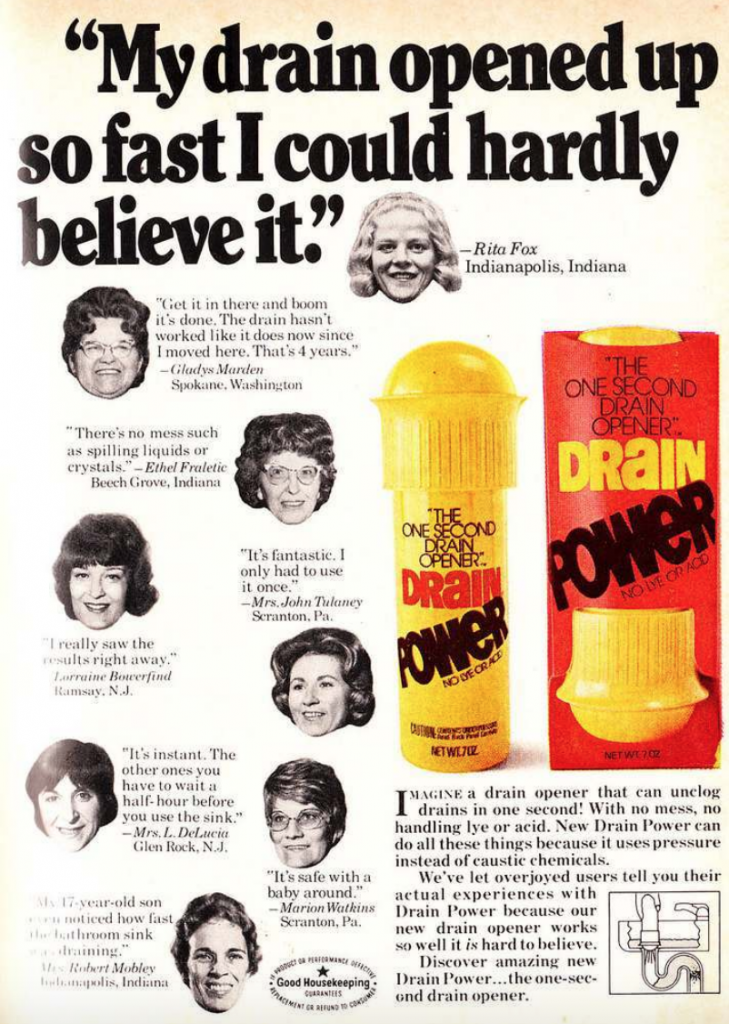
In the online world there are three kinds of social proof:
1. Expert Proof
Also dubbed influencer marketing, expert proof is where an influencer in a particular industry promotes a product, brand or service. Having someone who is already a trusted personality provide a recommendation automatically transfers that trust across to the brand.
Naked Juice joined this bandwagon when they wanted to expand into the beauty, fashion, and the health scene on Instagram.
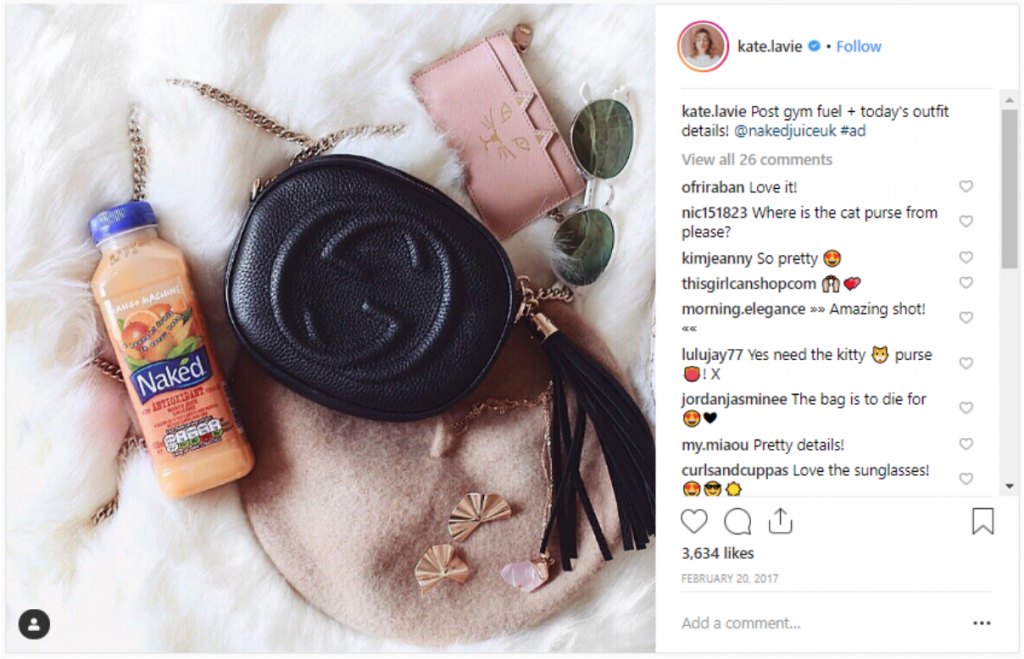
To do this, they brought lifestyle blogger Kate La Vie on board to share posts. She continued to publish her usual outfit choices and beauty essentials, but she weaved a Naked Juice into every shot.
2. Celebrity Proof
Getting your brand featured on Kim Kardashian’s Instagram with its 146 million followers would be a dream come true right?
Using celebrities to endorse products has long been a key marketing tactic for brands, and that has only accelerated in the age of Instagram.
Today, more celebrities than ever are sharing branded goods in their square snaps and, while there has been some controversy around how authentic the practice is, it still transfers an element of trust to the brand that’s being promoted.https://www.youtube.com/embed/LS-ErOKpO4E?feature=oembed
One of the most famous examples of this is Diageo’s video campaign that featured Parks and Recreation star Nick Offerman.
3. User Proof
The third kind of social proof is user proof (or customer proof). This is where buyers share their experiences or recommend a product.
It can come in the form of user generated content, where someone shares an Instagram shot of themselves using a product or interacting with a brand, a customer review, testimonials, or case studies.
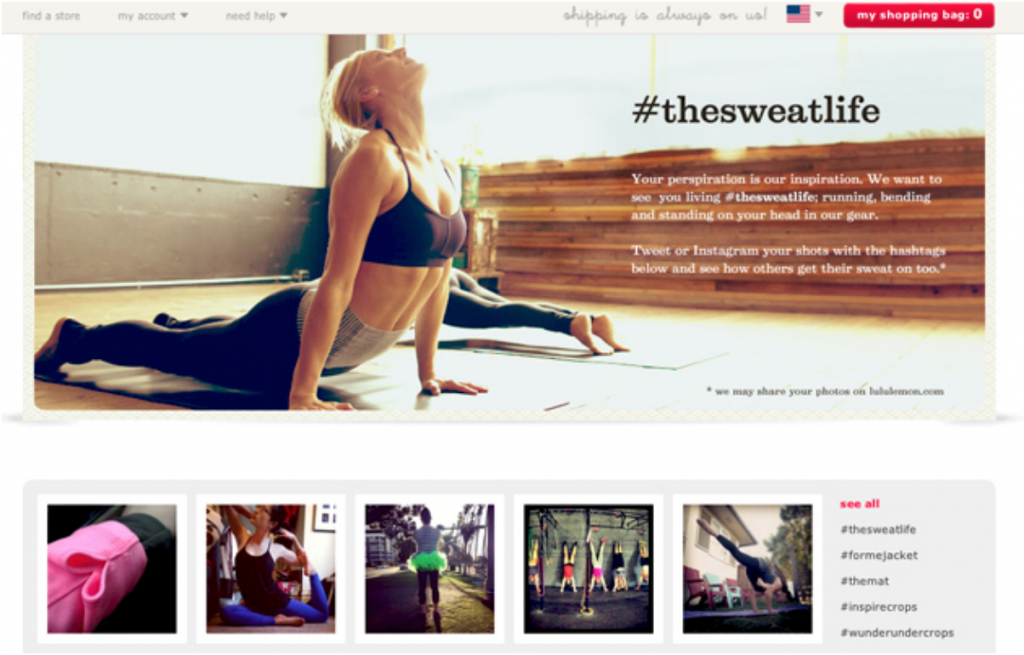
This brand shares user-generated photos on their website and encourages other customers to upload their images, too.
User proof can be one of the most effective forms of social proof because it works at scale. Plus, prospects are more likely to relate to past buyers who are their peers rather than top influencers in your industry or celebrities.
Why Social Proof Leads to Consumer Trust
Trust is a major factor in the buying process.
We’re more likely to invest in a brand that we trust and, more importantly, we’re more likely to keep going back to a brand once that trust has been established.
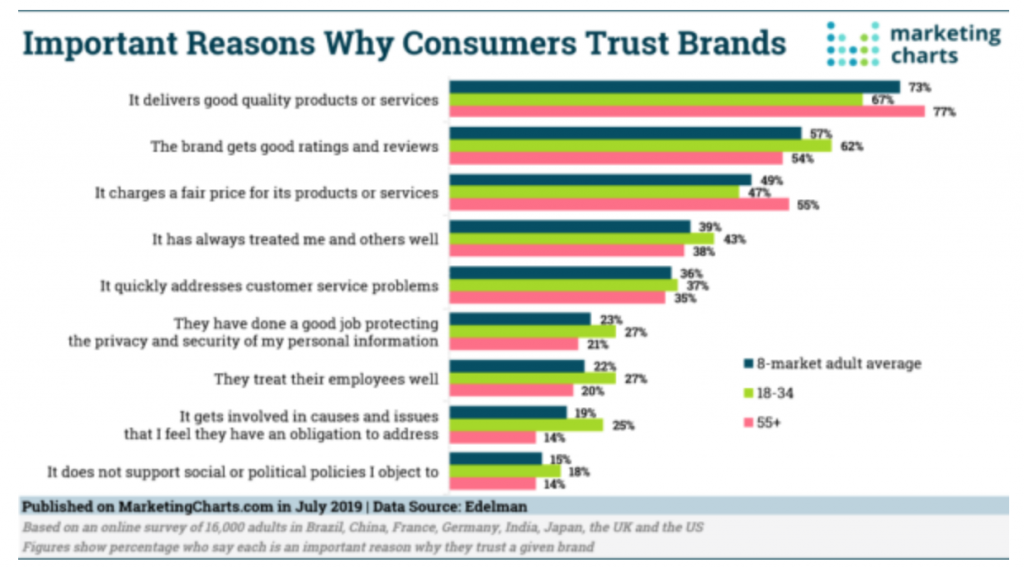
But how does social proof generate trust?
Customer Voices Carry More Weight
Consumers are savvier than ever before and are becoming tired of the constant barrage of highly-polished branded messages delivered straight from the mouths of companies themselves.
Think about it this way:
Are you more likely to buy from a brand that has a ton of social proof from customers who seem to love it or a brand that has very little social proof but a slick advertising campaign?
We’re willing to bet you’d give your money to the former.
If so, you’re not alone.
Past customers prove that a brand is doing something right, particularly if those customers are openly speaking about their good experience with their friends, followers, and peers.
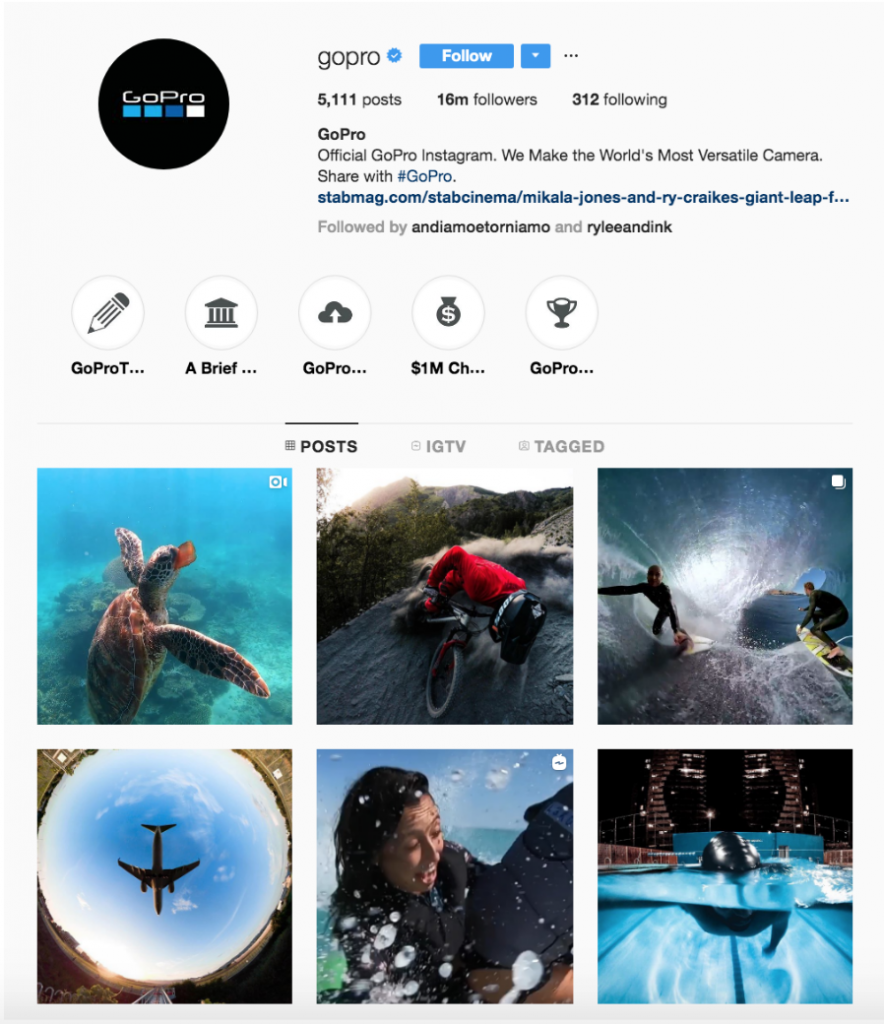
Take GoPro as an example.
They are pros (pun intended) at using their social proof and customer experiences to promote their brand.
Instead of creating swanky, polished videos using their product, they invite their customers to share their videos instead. Not only does this show off what their product can do, but it also highlights how happy previous customers are with the GoPro experience.
There is So Much Competition
We spoke earlier about the increasing competition in the online world, and that’s not going to die down anytime soon.
Today, shoppers can quickly compare brands with the click of a button, making it harder than ever to stand out.
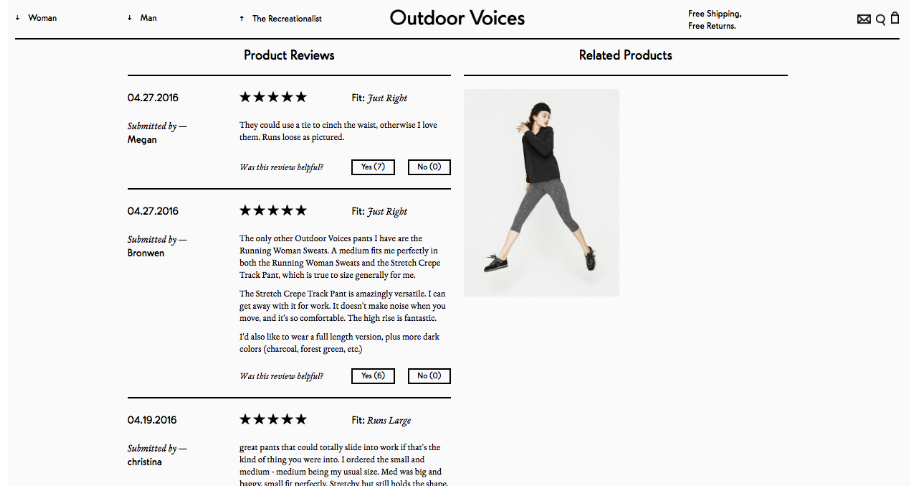
However, if you’ve got a slew of positive customer reviews backing up your brand, you’re going to have an edge over your competitors that don’t.
What Kind of Social Proof Builds Trust?
User Generated Content
Customers sharing their photos, videos, and other media on their social channels is a good indicator to future prospects that your product will be a great purchase.
Where to Display User Generated Content:
- Social media channels
- Facebook and other social media ads
- Landing pages and product pages
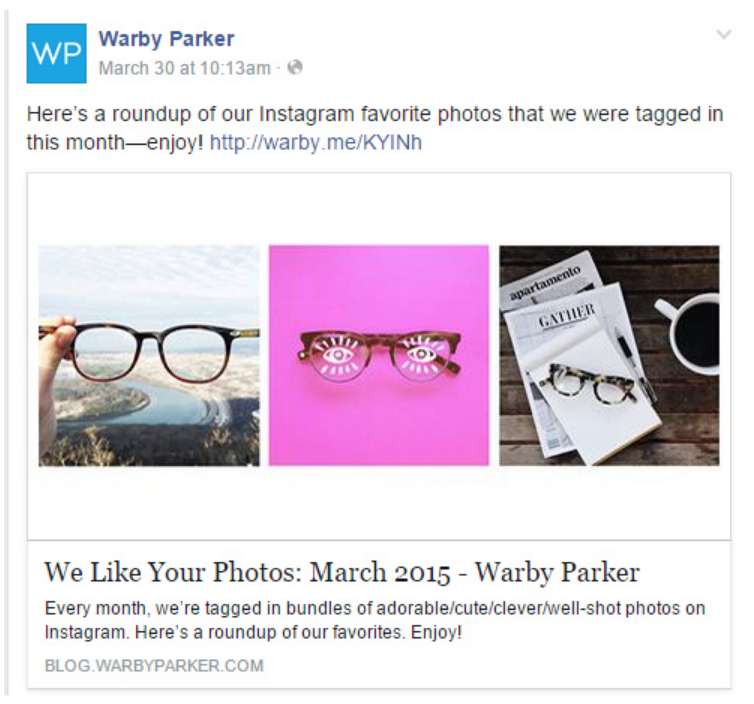
Warby Parker uses customer-generated photos in their Facebook Ads.
Testimonials and Customer Reviews
Testimonials have been so effective at building consumer trust that companies have been doing since the dawn of advertising.
According to research, 92% of consumers read online reviews before they make a purchase, and 80% trust reviews as much as a recommendation from a close friend or family member.
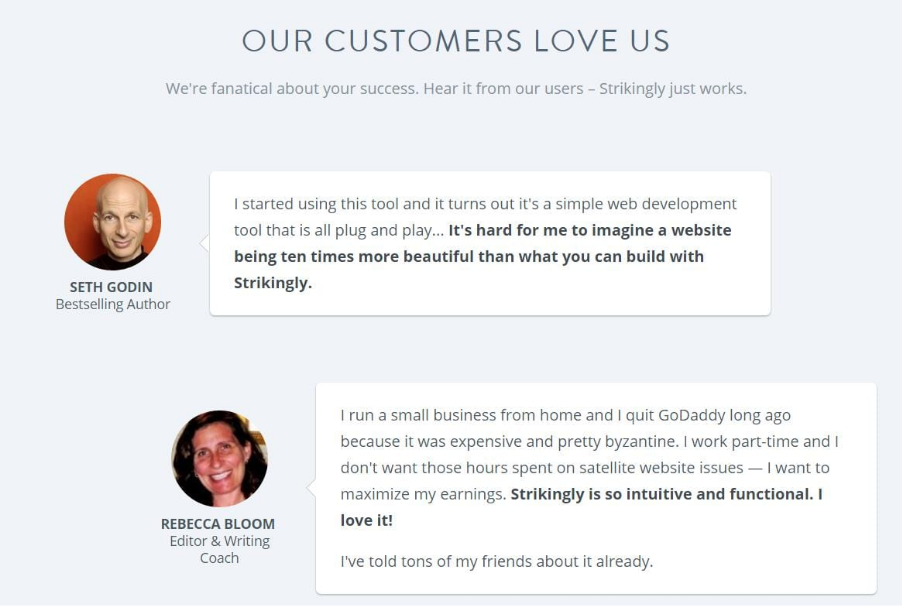
Strikingly uses customer reviews to build trust before customers invest in the product.
Customer reviews can nudge prospects off the fence if they are deciding between you and one of your competitors.
Where to Display Testimonials:
- Paid ads on social media
- Your website (product pages, landing pages, and your homepage)
Case Studies
Case studies actively show prospects what their lives could look like if they invest in your product, service, or brand.
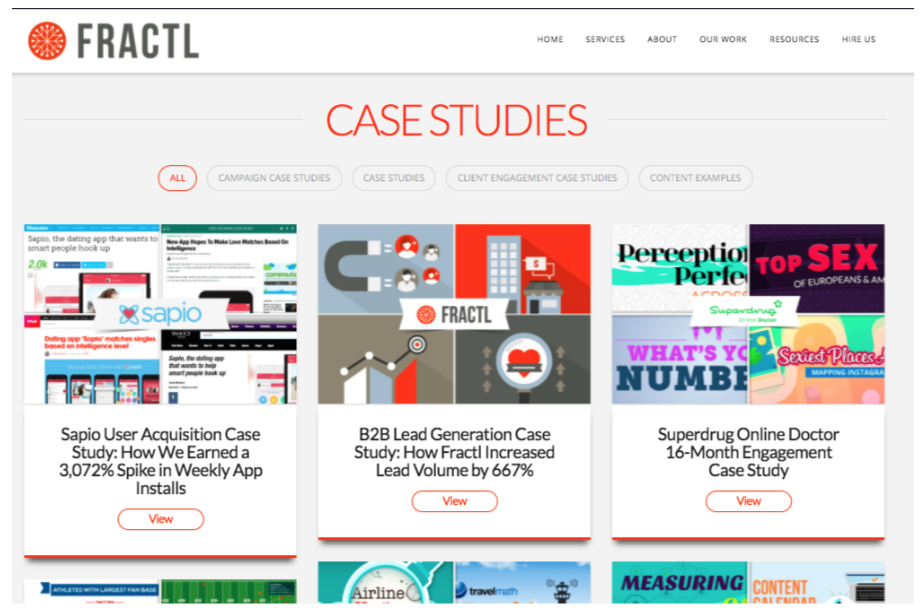
Fractl has a whole page dedicated to compelling case studies from their previous customers.
Where to Display Case Studies:
- Turn them into articles and share on your blog
- Make them downloadable
- Social media channels
- Throughout your website, product pages, and homepage
Influencer or Celebrity Endorsement
As we mentioned earlier, industry influencers and social media-famous celebrities are great portals to push your products through.
They already have audiences who trust them and their opinion. When they share your product, that trust is automatically transferred to your brand.
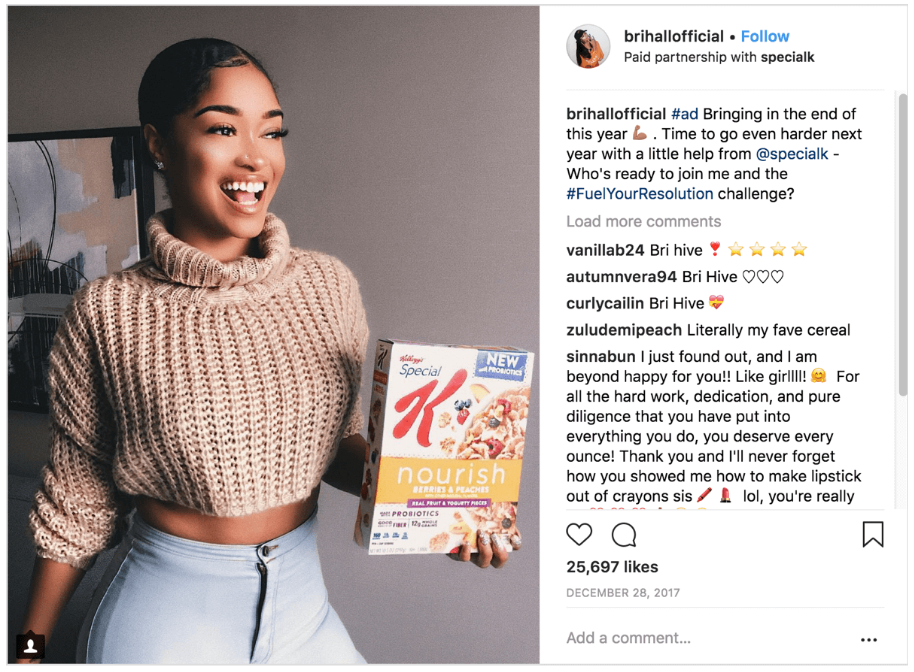
Special K collaborated with popular Instagrammer Bri Hall to promote their latest flavor.
Where to Display Celebrity or Influencer Endorsements:
- Social media channels
- Throughout your website
- Specific product or landing pages
Social Proof is the Answer to Building Trust
Social proof is needed across all industries, particularly in oversaturated ones like ecommerce and online retail. These industries are becoming more and more competitive by the day, and attracting and retaining customers is more difficult than ever.
Combining social proof with other key product information can give your prospects the information they need to make the next move. You can take it further by incorporating social proof into your product descriptions and pages to help increase sales.
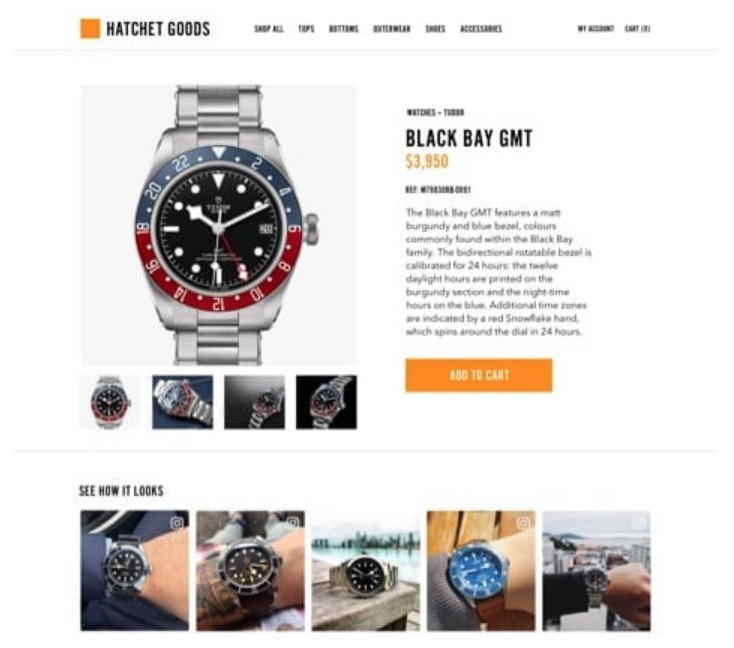
In this example, the brand shares UGC media to show future buyers what the product looks like in action.
TINT’s Product Galleries feature lets you collect social proof from your social channels and display it on your product pages to boost sales. Add in call-to-action (CTA) buttons and measure your results to create a powerful social proof campaign that builds and nurtures consumer trust.
Now more than ever, customers are looking for indicators of an awesome experience, and that’s often best reflected through authentic social proof, like customer reviews, user generated content, and case studies. Where will you use social proof for your brand?




